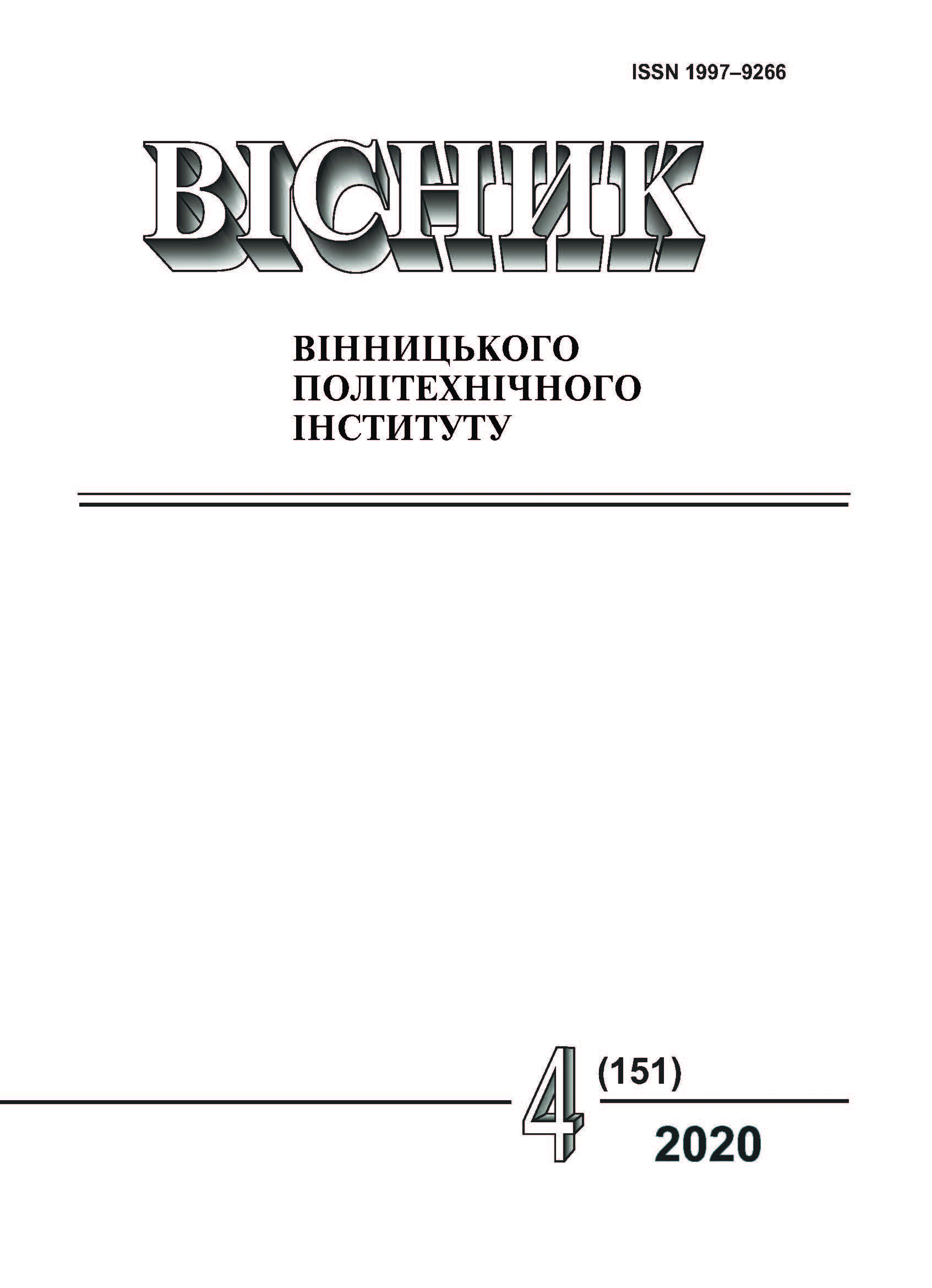Investigation of the Significance of the Impact of Threats on the Level of Security of a Computer Network Determined by Scenario Modeling Based on a Cognitive Approach
DOI:
https://doi.org/10.31649/1997-9266-2020-151-4-98-104Keywords:
computer network, threat, security, cognitive approach, fuzzy cognitive map, multiple regression analysisAbstract
The rapid development of computer networks provides modern society with many new opportunities, provides a variety of services in all areas of human activity. Therefore, it is important to consider the importance of reliable and secure operation of computer networks and pay close attention to ensuring the proper level of their security. To determine the relevance of this issue, a study was conducted on the significance of the impact of threats on the level of security of a computer network by scenario modeling based on a cognitive approach. The research methodology is based on the use of multiple regression analysis, which allows to analyze the relationship between several independent variables (threats) and the target variable (computer network security).
To achieve this goal, an analytical expression of the linear correlation that exists between the target variable in relation to such threats as: malware, physical impact on the network by an attacker and unintentional actions, errors of network users.
The adequacy of the proposed regression model is evaluated using the coefficient of determination, which is a measure of the quality of the regression equation.
The values of the standardized regression coefficient and the coefficient of elasticity, which are necessary to compare the impact of each threat separately on the level of security of the computer network, are determined. The obtained values of the coefficients were analyzed and it was concluded that among the studied threats the most reduce the level of security unintentional actions, errors of network users, and the least - the physical impact on the network by an attacker. This result coincides with the fact that it was obtained by conducting a scenario simulation based on a cognitive approach, which, in turn, indicates the reliability of the impact of certain threats on the level of security of the computer network.
References
О. А. Мясіщев, О. О. Мартинюк, і Н. М. Гіневська, «Аналіз захищеності комп’ютерних мереж на основі побудови дерева атак,» Вісник Хмельницького національного університету, № 5, с. 243-246, 2016.
П. М. Гроза, і А. В. Варига, «Оцінка захищеності комп’ютерної мережі на основі нечіткої логіки,» у Матеріалах ІІ Всеукраїнської науково-технічної конференції «Проблеми інфокомунікацій», м. Полтава, 2018 р. [Електронний ресурс]. Режим доступу: http://reposit.pntu.edu.ua/handle/PoltNTU/5550 .
В. В. Кальченко, «Огляд методів проведення тестування на проникнення для оцінки захищеності комп’ютерних систем,» Системи управління, навігації та зв’язку, т. 4 (50), с. 109-114, 2018.
В. І. Чорненький, О. В. Сєлюков, В. О. Осипа, О. В. Глінський, і В. І. Щерба, «Вдосконалення методу підвищення інформаційної безпеки комп’ютерних мереж на основі формування правил політики безпеки,» Збірник наукових праць Військового інституту Київського національного університету імені Тараса Шевченка, вип. № 61, с. 157-168, 2018.
О. В. Салієва, і Ю. Є. Яремчук, «Розробка когнітивної моделі для аналізу впливу загроз на рівень захищеності комп’ютерної мережі,» Реєстрація, зберігання і обробка даних, № 4, с. 28-39, 2019.
Р. М. Літнарович, Побудова і дослідження математичної моделі за джерелами експериментальних даних методами регресійного аналізу, Рівне: МЕГУ, 2011, 140 с.
Н. Ш. Кремер, Теория вероятностей и математическая статистик. Москва, РФ: Юрайт, 2019, 538 с.
Downloads
-
PDF (Українська)
Downloads: 176
Published
How to Cite
Issue
Section
License
Authors who publish with this journal agree to the following terms:
- Authors retain copyright and grant the journal right of first publication.
- Authors are able to enter into separate, additional contractual arrangements for the non-exclusive distribution of the journal's published version of the work (e.g., post it to an institutional repository or publish it in a book), with an acknowledgment of its initial publication in this journal.
- Authors are permitted and encouraged to post their work online (e.g., in institutional repositories or on their website) prior to and during the submission process, as it can lead to productive exchanges, as well as earlier and greater citation of published work (See The Effect of Open Access).





